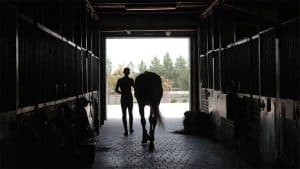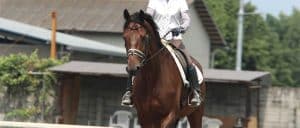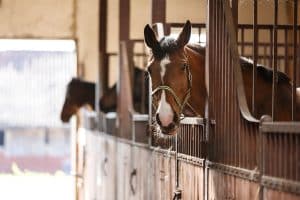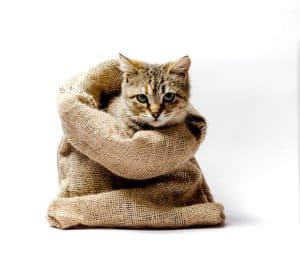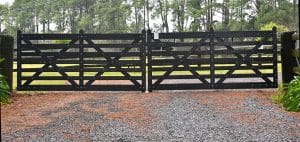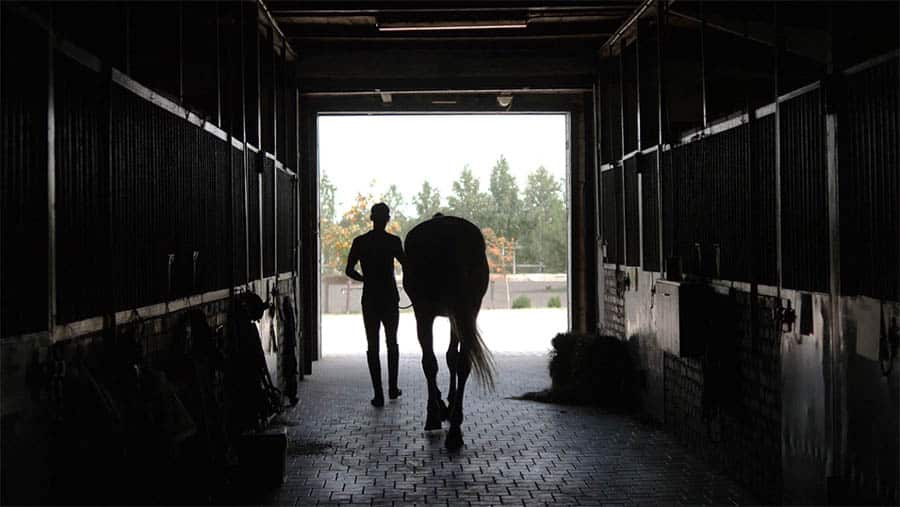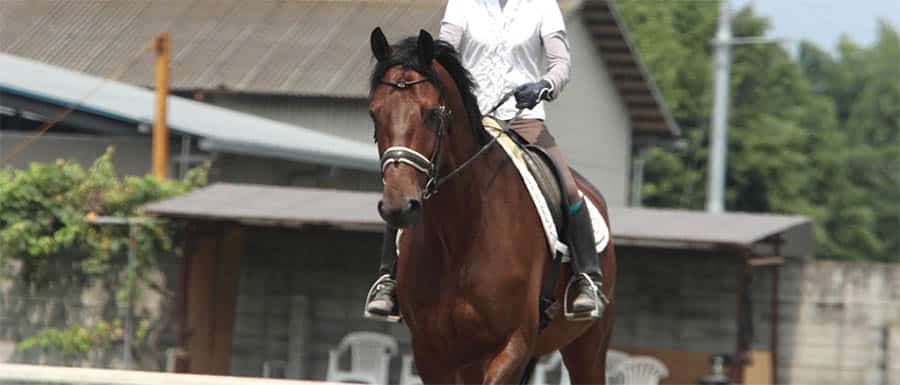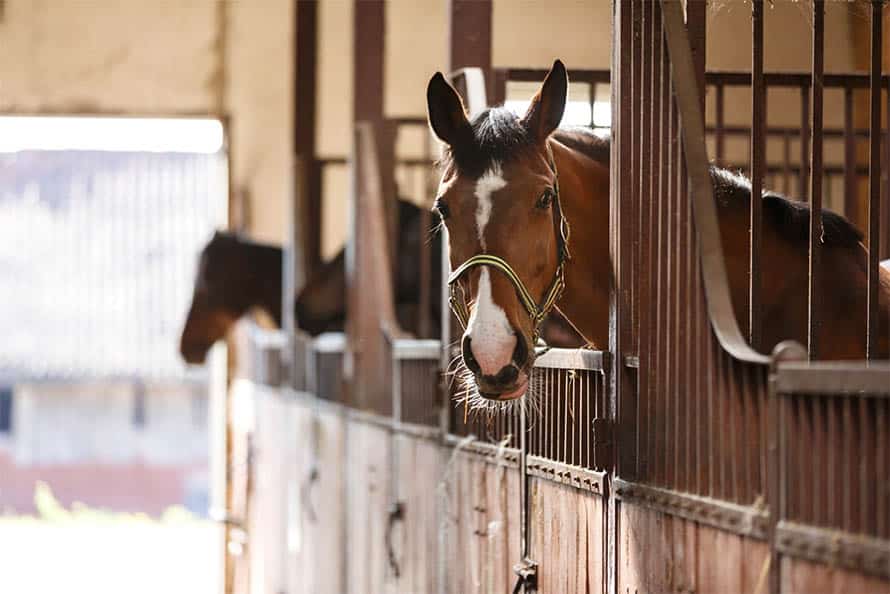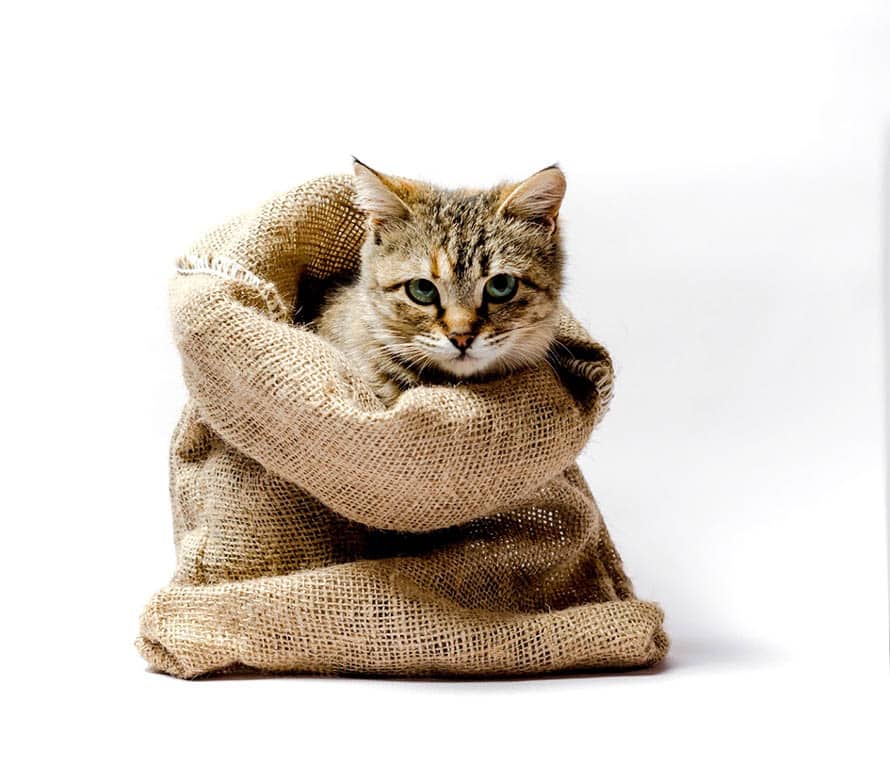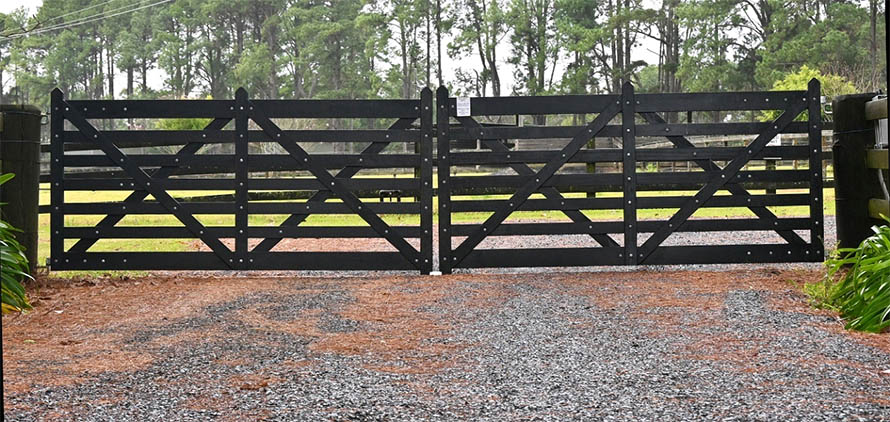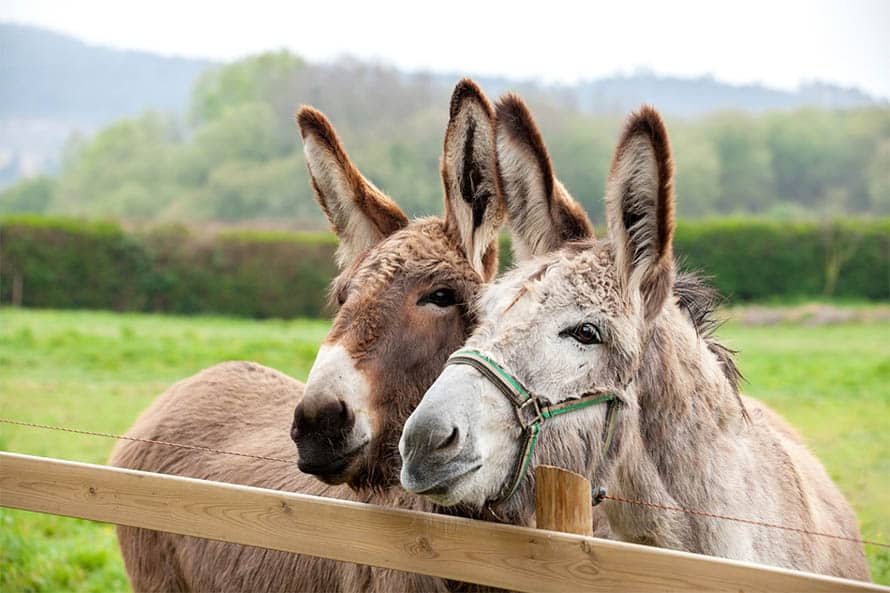Too often, people think about a kennel as somewhere to put a dog when you don’t have time for them. However, an outdoor kennel can be an invaluable training aid for a new puppy.
When used properly, a kennel can help you train your puppy so that they’ll get to spend more time in the house with you without destroying your things or making you crazy. Here are some tips on how to use an outside crate/kennel to train your new puppy:
What Do We Mean By “Kennel”?
When we talk about training your puppy with a kennel, we’re talking about a kennel that is separate from your home and has an indoor and outdoor portion. We don’t mean a wire or plastic crate.
The indoor and outdoor portions of the kennel should be separated by a dog door. The outer portion should be covered and protected from bad weather. The inside portion should be small enough that a puppy will see it as a bed.
It should be just big enough to turn around in and stretch out when lying down, but no bigger. If you’re buying a kennel for the size your dog will be as an adult, you may need to block off part of the interior portion to make it small enough to be useful for potty training a puppy.
Train Your Puppy to Chew on Appropriate Things
For most people, one of the most challenging aspects of training a puppy is preventing them from chewing on everything in the house. Puppies explore the world with their mouths, so it’s perfectly natural for a puppy to put their teeth on everything. As puppies teethe, all sorts of unexpected things can be soothing to their sore gums.
If puppies are allowed to chew on inappropriate objects, it is much more difficult to teach them to chew on the right things. Therefore, training a puppy what’s OK and what not OK to chew requires constant supervision. However, you probably need to work, eat, and take a shower, which can leave your puppy with the opportunity to chew on something they shouldn’t.
A kennel can be the perfect solution. Your puppy can hang out in their kennel with an assortment of appropriate chew toys and nothing for them to chew on that they shouldn’t. Using a kennel in this way has the double advantage of keeping your puppy from chewing on anything inappropriate and teaching them to enjoy chewing on toys.
Later, when your puppy sees the same toys in your house, they’ll recognize them as desirable things to chew on. This makes it less likely that your puppy will chew on something else in the house instead of their toys.
Eliminate Biting and Overly Rambunctious Play
Just as puppies put their teeth on all sorts of things in your home, they’re also very likely to put their teeth on you. It’s perfectly natural for puppies to bite. It doesn’t mean that your puppy is aggressive or that they don’t love you.
Puppies bite one another and adult dogs in their pack. Play biting teaches puppies bite inhibition and makes a serious bite in the future less likely.
However, people have thin skin compared to dogs, and the same bites that are playful in a litter of puppies can be painful to you. When puppies get very energetic and keep biting even if they’ve been reprimanded, it can be very difficult for them to have the self-control to stop.
Techniques like physical punishment, yelping or yelling, or even biting the dog back are more likely to escalate the behavior or break the bond between you and your dog. Putting your puppy in their kennel when they can’t control their nipping is a great way to give them a chance to calm down and develop the self-control to listen the next time you tell them not to bite.
Being separated from you when your puppy is in the mood to play is an innate punishment, but it’s not the kind of punishment that will break the bond between you and your puppy. It is, however, a punishment that will make it less likely that your puppy will keep biting the next time you tell them to stop.
Potty Training
Ideally, when you’re potty training a puppy, you’ll let them out at least every 2 hours that they’re awake and after meals or periods of playing. You need to watch a puppy very closely for signs that they are about to have an accident inside so that you can get them outside to an appropriate place. Every time your puppy goes to the bathroom inside without you noticing it reinforces that it’s okay for them to do so, which will cause potty training to backslide.
You may not be able to let your puppy out this often or watch them this closely. Paper training can be a great alternative that allows your puppy to learn to eliminate in the appropriate place themselves, without you having to take them outside.
There are some issues with traditional paper training, however. For one thing, it tends to be messy. Puppies love to play with paper or newspaper at the bottom of their pen, which can make laying down the paper and keeping it down a challenge.
Furthermore, once puppies associate paper with going potty, they may try to go on any magazine they find around the house. Some puppies even associate rugs with paper and will tend to go on rugs, which of course is not what you want.
Using artificial turf in a kennel is a great alternative. You can use artificial turf in the same way you would use paper in traditional paper training. Lay artificial turf over the entire outer part of the kennel.
Your puppy will naturally leave the inside portion with their bedding to go on the outer portion on the artificial turf. Gradually reduce the amount of AstroTurf until it’s only in a corner of the outer part of the kennel.
When your puppy gets old enough to hold it until you can let them out, they’ll naturally associate artificial turf with grass and wait to go outside on the grass. This can be a great way to potty train a puppy if you don’t have time to take them out every couple of hours.
Prevent Separation Anxiety
Perhaps you’re able to be home all of the time with your puppy and you may wonder why you would even need a kennel. However, there can be some negative consequences of spending too much time with your puppy as they’re growing up.
Puppies who are allowed to spend all of their time with their families are more likely to develop separation anxiety. To prevent separation anxiety, it’s best to give puppies scheduled time away from you.
While putting your puppy into a crate or another room can be helpful, your puppy may still be able to smell and hear you in the house. If later in life you leave them entirely alone and they can’t smell or hear you, separation anxiety could be triggered.
An outside kennel can be the perfect way to prevent your puppy from developing this kind of separation anxiety. Your puppy will learn that when they are in their outside kennel they can play with their toys by themselves and that you will return soon.
By doing this from the time your puppy is very young, you can teach them that being away from you is a great time to play with a particularly desirable toy like a stuffed kong and that it isn’t a cause for concern.
Teach Self-Control
Another tip on how to crate/kennel train your puppy is to teach self-control, a skill that your dog develops, not a behavior that they are trained. Dogs with good self-control are much more pleasant companions. When used properly, a kennel can be a good way to teach your dog self-control.
By putting your puppy in their kennel with a great chew toy that they don’t always get, you can teach your puppy to focus on their toy instead of something else going on in the yard. You can try putting your puppy in the kennel and then doing some gardening.
Your puppy will learn that they can’t always get to you, but that they can find ways to occupy themselves. In time, your puppy will stop performing frantic behavior to try to get to you and instead quietly occupy themselves.
Later in life, this skill translates to a dog that can look away from something tempting when on a leash or in the yard instead of giving in to the impulse to behave erratically.
Use a Kennel Appropriately to Train Your Puppy
A kennel can be a superb training aid to make your life with your puppy a lot easier and more enjoyable. The trick is to use the kennel deliberately and consciously as a training aid, rather than just using it as somewhere to put your puppy when they’re driving you crazy. By utilizing these tips, you’ll likely find that your puppy learns to be a more pleasant and happier companion.








